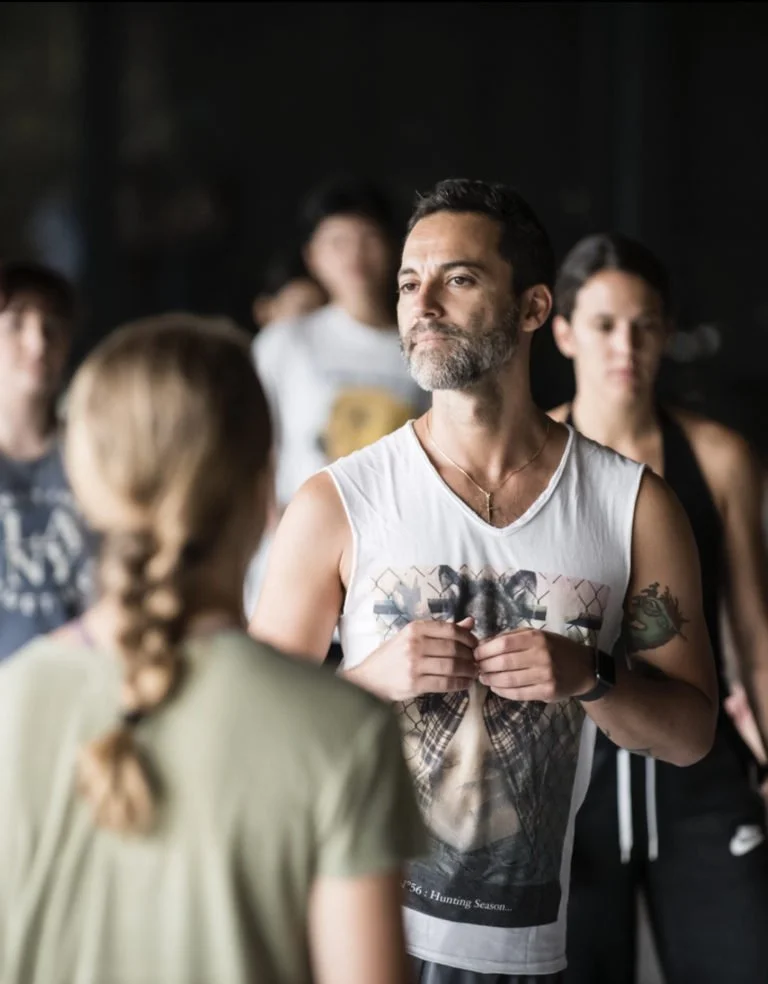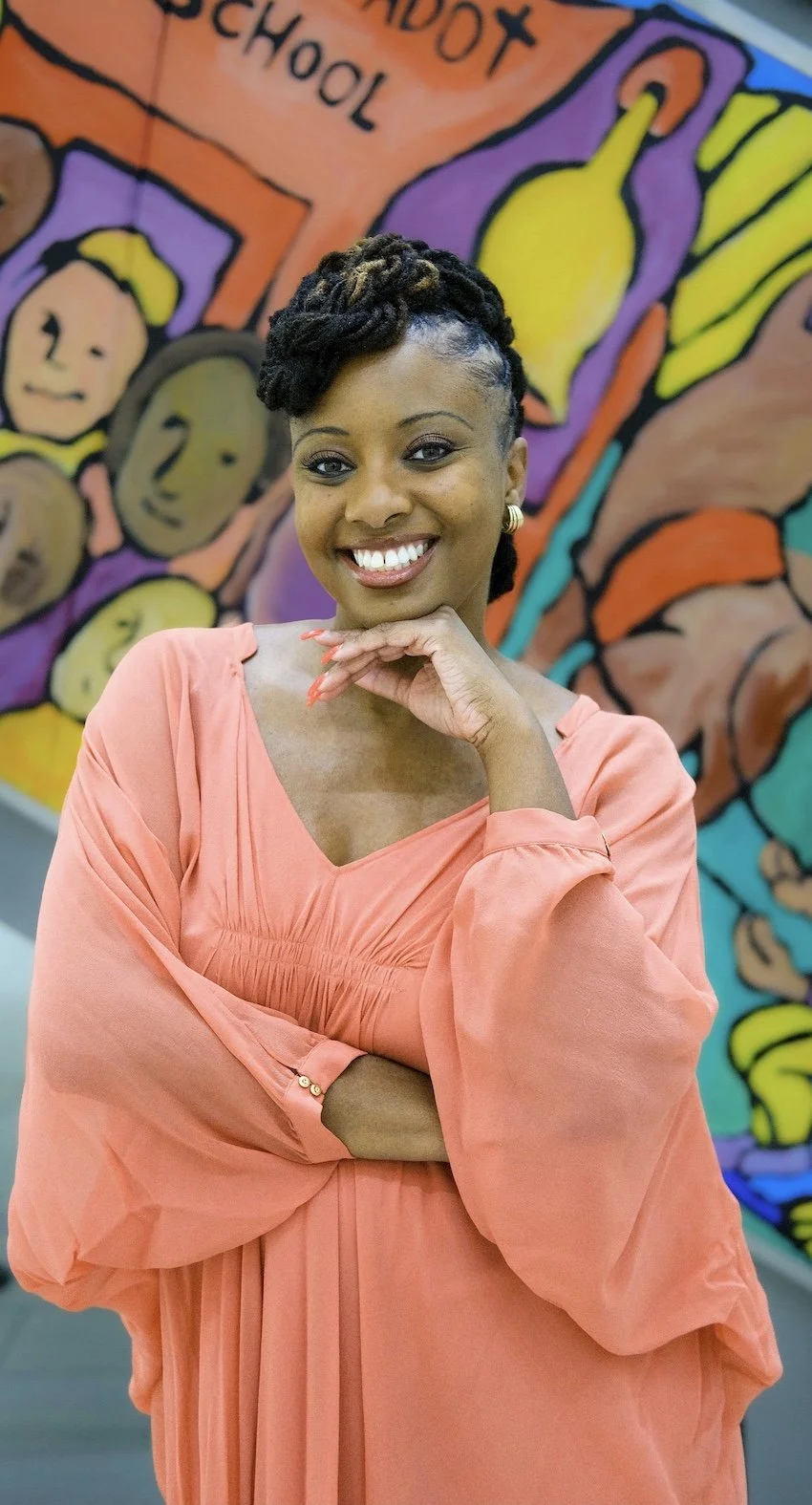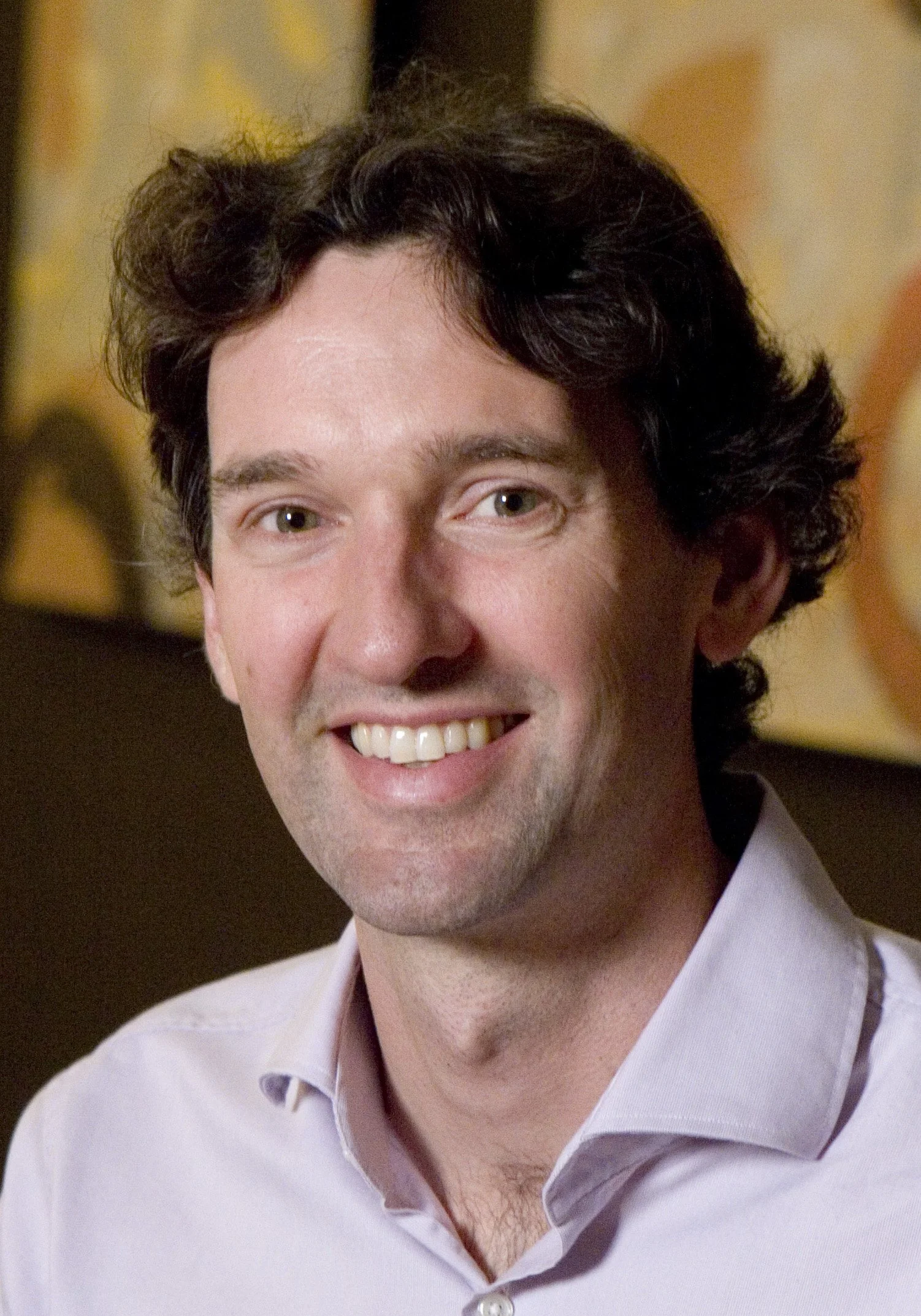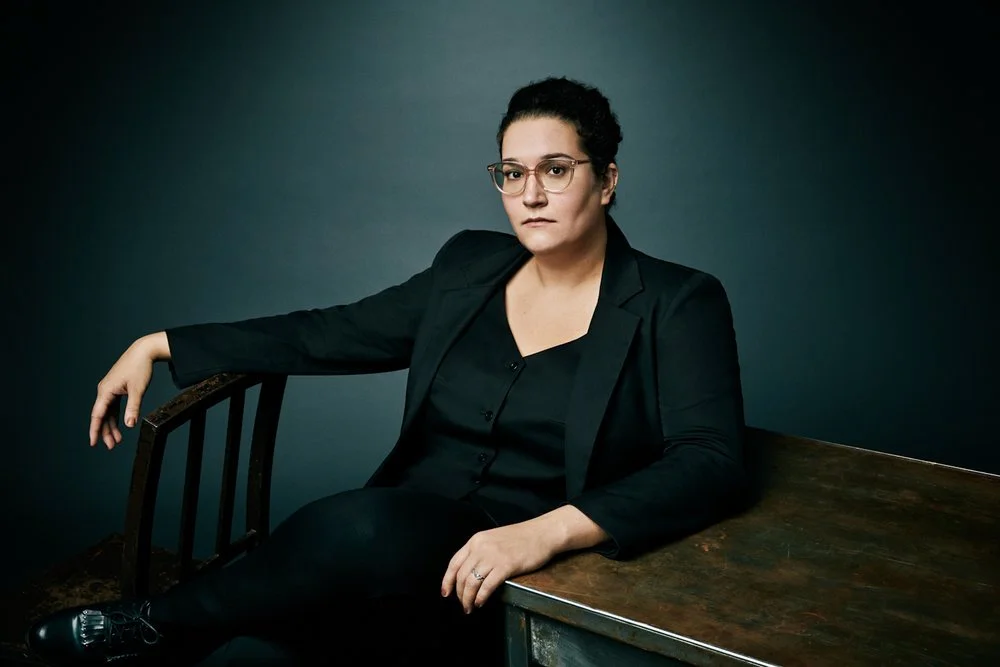ANN HIATT
/Leadership Strategist · Author of Bet on Yourself
Host of the Bet on Yourself podcast
I am very concerned that the future seems to be consolidated among the 10 wealthiest, most powerful people in the world who are all white guys. And they're great. I know most of them personally. I have mad respect for them, but it's really concerning when a private individual can buy Twitter. It's very concerning when a billionaire can own one of the most important news organizations in the United States…So my major deliverable and really the motivation behind writing Bet on Yourself was to democratize success. I want more people participating because what concerns me most about globalization is it's being controlled by about 10 people.



















